Some people seem to naturally have a “green thumb”. They appear to be blessed with an innate ability to keep plants alive. However, with enough experience and attention to detail, any gardener can develop a green thumb of their own.
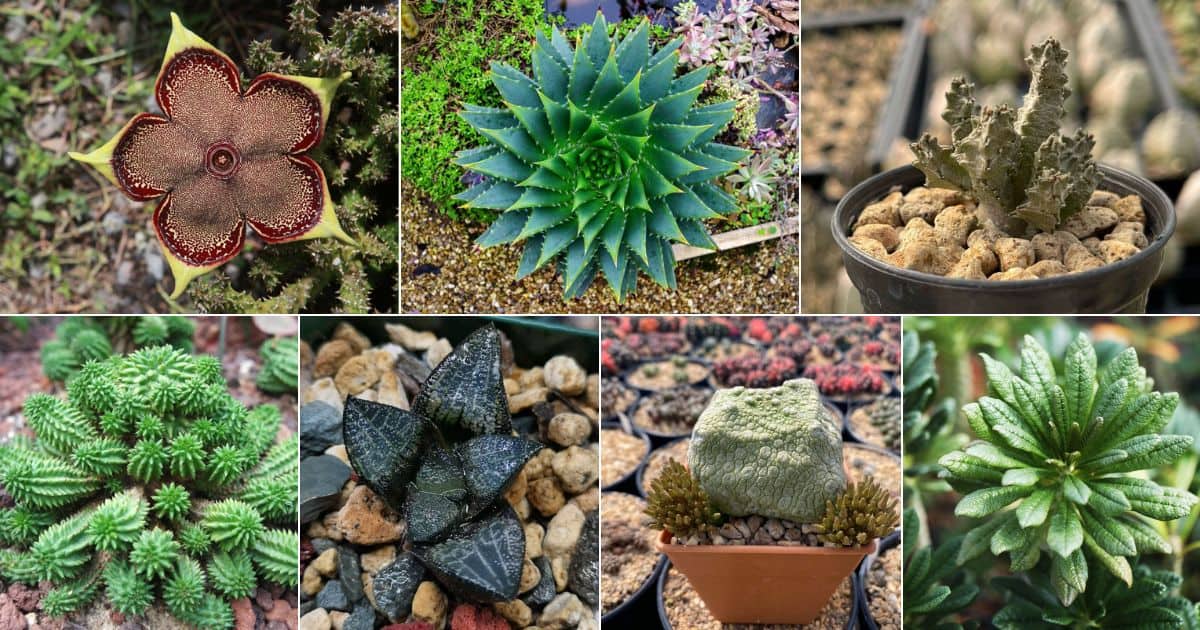
Succulents, in particular, tend to be rather easy to care for, even for inexperienced gardeners. They often thrive on a bit of neglect. If you’ve found success in caring for a variety of succulents and cacti, it may be time for you to challenge yourself.
These 12 succulents and cacti tend to be more difficult to care for. Whether they require specific temperatures, light, or watering, these plants will challenge even the most experienced gardeners.
Out of all of the succulents that we have in this world, there are several that prove to be difficult to propagate and maintain just because of how finnicky they are. You can’t really do a top list because sometimes there are entire genera that are incredibly picky. For example, take Pachyphytums vs. Delospermas. One can tolerate zero cold and dies at the drop of a hat, while the other survives hard freezes and is very difficult to kill.
If you want to up your game or try to challenge yourself, here are some of the most challenging succulents to take care of. Keep in mind that, unsurprisingly, the more difficult cacti can also be more expensive. There have been collectors that have spent thousands of dollars in order to just get one of these types of plants to live longer than three years.
Related Article: What is a Succulent Plant?
Jump to:
- 1. Pseudolithos cubiformis
- 2. Lithops ‘Living Stones’
- 3. Mammillaria plumosa ‘Feather Cactus’
- 4. Aloe polyphylla ‘Spiral Aloe’
- 5. Dorstenia gigas ‘Socotran Fig Tree’
- 6. Edithcolea grandis ‘Persian Carpet Flower’
- 7. Euphorbia susannae
- 8. Hairy Cacti
- 9. Haworthia marxii
- 10. Genus Pachyphytum
- 11. Senecio scaposus var. addoensis
- 12. Pseudolithos mccoyi
- Conclusion
1. Pseudolithos cubiformis
Buy it from:
This odd-looking, cube-shaped succulent can grow up to five inches tall and wide. It usually has a single stem and is typically greenish-gray in color but can take on red or brown hues in full sun. The skin is leathery and rough in texture. When in bloom, Pseudolithos cubiformis produces clusters of long reddish-gray flowers.
Pseudolithos cubiformis needs very specific care in order to thrive and will only bloom under ideal conditions. It is prone to rot when kept indoors. This succulent prefers full sun in order to keep its shape and will not bloom when kept in shade. Water only when the soil is dry, but not at all during the winter. Pseudolithos cubiformis can be propagated from cuttings but can also be grown from seed.
2. Lithops ‘Living Stones’
Buy it from:
These petite succulents get their nickname from their resemblance to rocks. At maturity, they typically measure under three inches in both height and diameter. They are slow-growing and tend to grow in clumps. When in bloom, they produce large white or yellow flowers. After blooming, a new pair of leaves appears in the center of the plant, and the old outer pair will eventually wither and fall away.
No products found.
Lithops cannot survive without well-draining soil. Course soil and a container with adequate drainage are essential in preventing rot. Full sun is ideal, but bright indoor light will work as well. Living Stones must only be watered when the soil is dry. It is easy to overwater these delicate plants. For more in-depth care information, see our Lithops Care Guide.
3. Mammillaria plumosa ‘Feather Cactus’
Buy it from:
Native to northeastern Mexico, the Feather Cactus tends to grow in clumps that can reach up to five inches tall and nearly 16 inches in diameter. The individual stems are usually under three inches in diameter. Each cactus is covered in soft white spines that resemble down feathers. In late summer, the Feather Cactus produces white, greenish-yellow, or light pink flowers.
Mammillaria plumosa does best in full sun but will grow well in light shade, especially in particularly hot climates. This cactus is prone to rot, so it must never be allowed to sit in standing water. Well-draining soil and an adequately draining pot are required. The Feather Cactus can be propagated from cuttings but can be grown from seeds as well.
4. Aloe polyphylla ‘Spiral Aloe’
Buy it from:
The Spiral Aloe, like many other Aloe, grows in a rosette and has soft fleshy leaves. However, unlike other Aloe, the leaves grow in a perfect spiral pattern. The spiral can go either clockwise or counterclockwise. At maturity, the plant can reach up to 12 inches tall and 36 inches in diameter. Spiral Aloe typically don’t develop their signature spiral until they’re about eight inches or so in diameter. The leaves are broad and taper to a point with teeth along the leaf margins. The flowers, which grow in clusters atop tall inflorescences, are reddish pink in color.
Spiral Aloe generally do not grow well outside their native habitat. This plant does best with adequate drainage, even so far as being planted on a slope to further encourage drainage. Although it is somewhat frost hardy, the Spiral Aloe will not do well in particularly hot temperatures. This unique succulent grows best in light shade. Unless conditions are ideal, the Spiral Aloe is unlikely to survive.
5. Dorstenia gigas ‘Socotran Fig Tree’
The Socotran Fig Tree is a shrub-like succulent native to the Socotra Archipelago in Yemen. At maturity, the plant can grow up to four feet tall and a little over three feet in diameter. The leaves are thick and dark green in color. When in bloom, Dorstenia gigas produces flat star-shaped flowers.
The Socotran Fig Tree requires more frequent water than most succulents, but the soil should still be allowed to dry out between watering. In winter, they need very little water as they are partially dormant. They do best with full sun or partial shade. This plant does well in humid but not wet or rainy climates. If temperatures are too high or low, the Socotran Fig Tree will wilt, so it must be protected from extreme temperatures in both the winter and summer.
6. Edithcolea grandis ‘Persian Carpet Flower’
Buy it from:
The Persian Carpet Flower is a strange looking succulent with sharp gnarled branches. It can grow up to 12 inches in height. The branches tend to stay under two inches in diameter. This plant is known for its large, vibrant flowers, which are yellow with brownish-red spots and hair along the margins. The flowers measure about five inches in diameter and are known for their carrion-like scent. The unpleasant odor of the plant attracts flies and various other insects, so that they may pollinate the plant. In Ethiopia and Somalia, the stem of Edithcolea grandis is eaten in a variety of dishes.
Edithcolea grandis is well-known for being rather difficult to care for plant. It is extremely susceptible to rot if winter temperatures dip below 60 degrees Fahrenheit. Well-draining soil and adequate container drainage are essential to this plant’s survival. Partial sun or light shade is best. Without adequate light, the plant will not grow well. The Persian Carpet Flower can be propagated from stem cuttings or grown from seed.
7. Euphorbia susannae
Buy it from:
This unique little plant grows in clumps that can reach up to four inches in height and about 12 inches in diameter. Each individual stem has rows of tubercles along the sides. Native to South Africa, this cute little plant produces greenish-yellow flowers when in bloom. Like many other Euphorbia, Euphorbia susannae produces a milky white sap when cut or damaged. This sap can be irritating to the skin of some gardeners, so cautious handling is a must.
Euphorbia susannae grows best in full sun to partial shade. In particularly hot climates, the full sun may be enough to burn the plant, so watch for signs of sunburn. This plant is prone to rot, so be careful not to overwater. Adequately draining soil is a must, as is allowing the soil to dry between watering. Euphorbia susannae is best propagated from offsets.
8. Hairy Cacti
Buy it from:
One of the most difficult types of plants to take care of in the succulent world are those with a great deal of feathering or webbing. That’s not to say don’t take care of them or avoid having them in your garden; just be prepared to stay on your toes. Even sempervivums have haired versions where glochids grow and weave between one another, literally forming a web.
What makes them so hard to grow is due to the tiny hairs that are along glochids. These tiny hairs are just strong enough to hold onto tiny droplets of water. Any succulent that has water pooling around its base is going to have a very hard time growing.
In fact, these hairs can hold so much water that they can cause rot at the base of your cactus. If that isn’t bad enough, the water that’s held at the surface constantly leeches onto the rots which leads to nasty cases of root rot. Even if you water from the bottom, you can’t be guaranteed that the glochid hairs won’t find a way to hold onto some sort of water.
Because of this, it is always suggested that hairier cacti have thicker layers of gravel to prevent water from getting anywhere near the hairs. Some other suggestions revolve around making sure that any hairier cacti stay more in direct sunlight.
Haired cacti can withstand sunlight a little better than others since the hairs act like the Farina that we find on many semperviviums and echeverias. In fact, most haired species do require more sunlight. Pay attention to the skin tone underneath the hair to make sure that these needy babies don’t get stressed: they are also prone to quick deaths!
9. Haworthia marxii
There’s not a lot of guidance available for growing this intense variation of haworthia. Not only are the leaves almost jet black, they are covered with fine silver veins. Like haworthia cooperi, the leaves are translucent in bright light.
This species also varies from other clear-leaved haworthias because it tends to stay compact and very close to the ground. One of the greatest horticulturists of our time has attempted to grow this species several times from seed since this species doesn’t self-propagate very well. They grow in intense shade but equally intense heat and reflective light. The environment is difficult you replicate, and they are also incredibly finicky about how much water they get. Just an mL over or under on water, and this species will start to show signs of stress.
Not only is this species incredibly difficult to get a hold of, it is also a protected species that is only given to proven horticulturists and botanists who have established records of reviving species. If you somehow come across a seed from this plant, be very, very suspicious.
10. Genus Pachyphytum
Buy it from:
It’s not often that you have to throw an entire genus into a group. After watching several videos and researching why pachyphytums are so incredibly particular, I found four major things, among many others:
- They are particular regarding how much light they get
- If they get too much water, they will stop their growth and quickly rot away
- Their leaves easily bruise and can also easily fall off if manipulated too much
- They have to have the perfect cactus mix otherwise, they will also die
Even though many pachyphytum lovers can’t ever get enough of the gem-like leaves and their fantastic colorations, they are still a difficult breed to work with. Those that have worked with the genus for an extended period of time are often more comfortable with handling these succulents.
If you want to grow and experiment, then pachyphtums are a great way to develop patience as long as you have some sort of dispensable income.
11. Senecio scaposus var. addoensis
When I first encountered this succulent, I was very skeptical about the ‘why’ it’s a difficult succulent to grow. It is an incredibly intriguing plant that looks like small grabby hands when young, but it develops into a very open rosette with spoon tipped leaves. There are also fine hairs that cover the leaves. unique!
From what I could find, there are a few conditions that this species hates: a lot of wet soil, too much sun, and people messing with its leaves. All of these conditions sound pretty normal until we get to the idea of hibernation and dormancy: this species is very specific about their dormant stages.
Most succulents are watered periodically during dormancy without fertilizer so that the roots don’t get burnt. In the case of Senecio scaposus, there’s a whole different story. You have to water it much less than other succulents and you can only fertilize this plant once a year or else you will find yourself with a very leggy senecio.
12. Pseudolithos mccoyi
Buy it from:
You have to save the best for last when it comes to succulents. These babies are the pickiest, most specific, death out of nowhere species that you can find. If you want to be pissed off regularly, then I suggest this species.
According to varying websites, you can’t just stick this succulent in the ground and watch it grow. Instead, you have to lay it on top of the dirt, where it will then make its own support system. Tack on top of that if you even slightly overwater or underwater, the plant easily takes to root rot.
If you didn’t think it was picky enough there, try the light requirements on for size. They absolutely cannot be under direct sunlight. However, they also need full sun without shade. Talk about complicated!
This species is very hard to come by as you can only find them by seed or grafted. Because of how susceptible their roots are, the most common way of obtaining this infuriating species of succulent is through grafting.
Conclusion
Even if you are an experienced succulent commander, it is going to be hard to take care of these species. Sometimes you do have to live in the right location in order to provide that plant the best chance of success. However, that isn’t always going to be possible. It is important to remember that when we care for our plant buddies that we don’t try to get them to grow in conditions that they just cannot survive in. Do your research before you purchase a difficult succulent, and make sure that you have the time and patience to work with them for an extended period of time. These babies live for a long time!


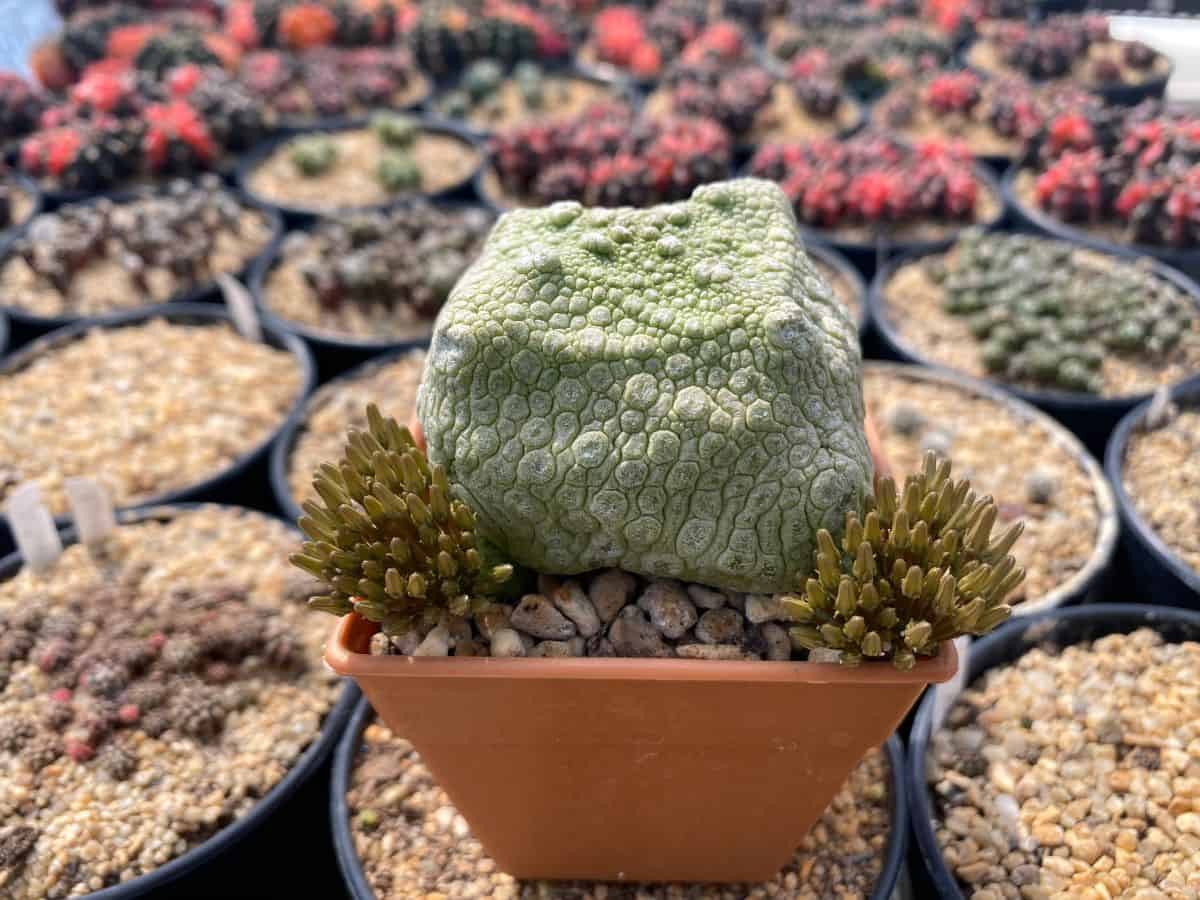
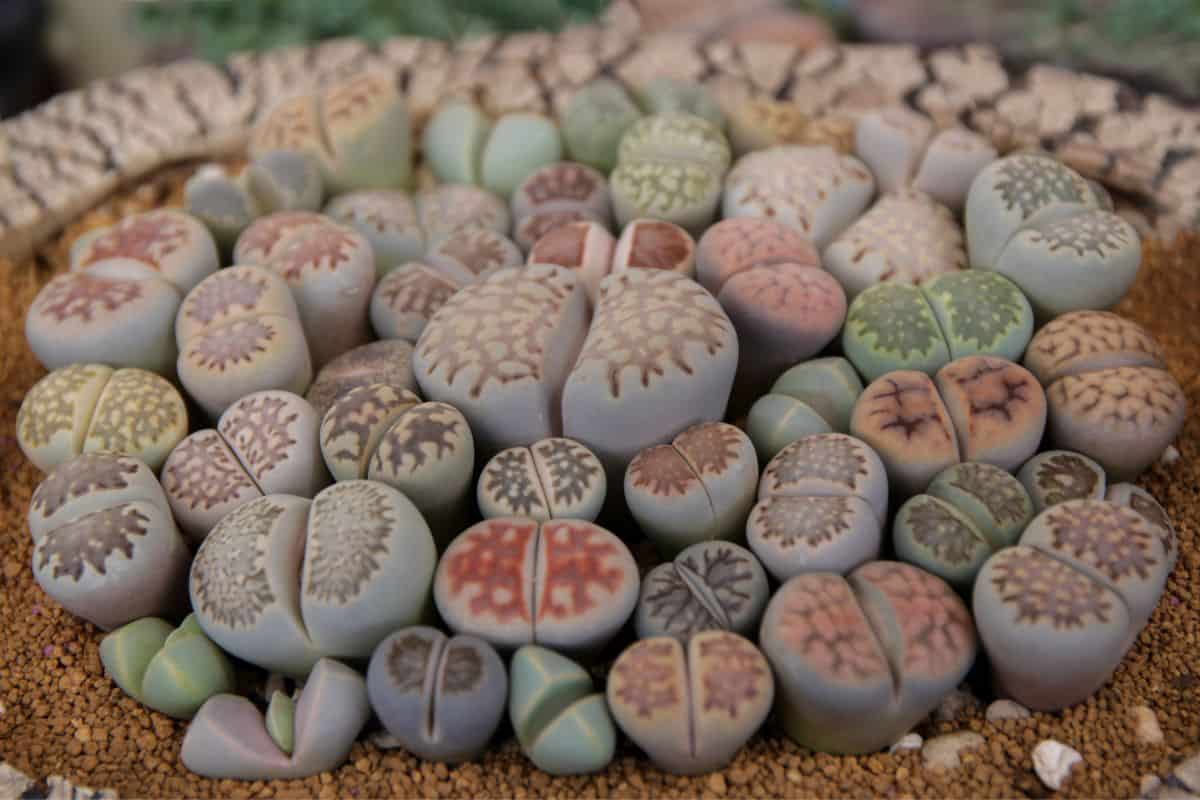
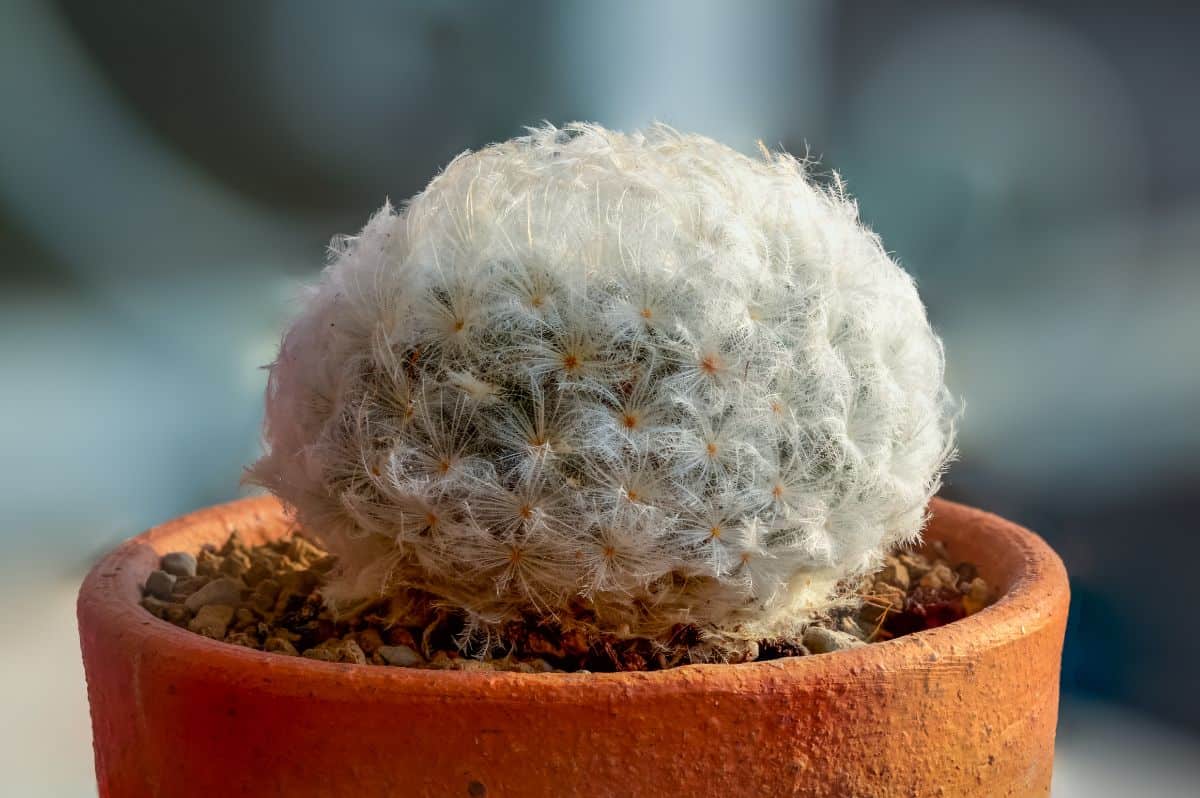
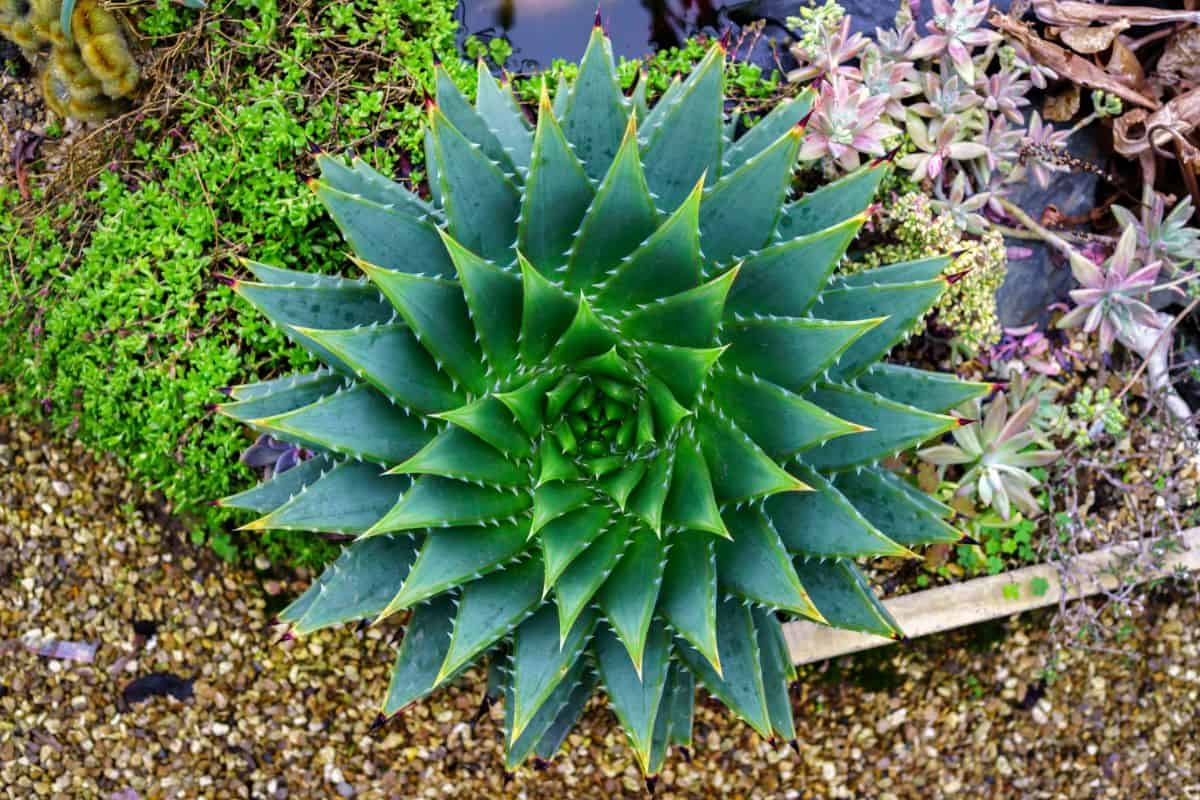
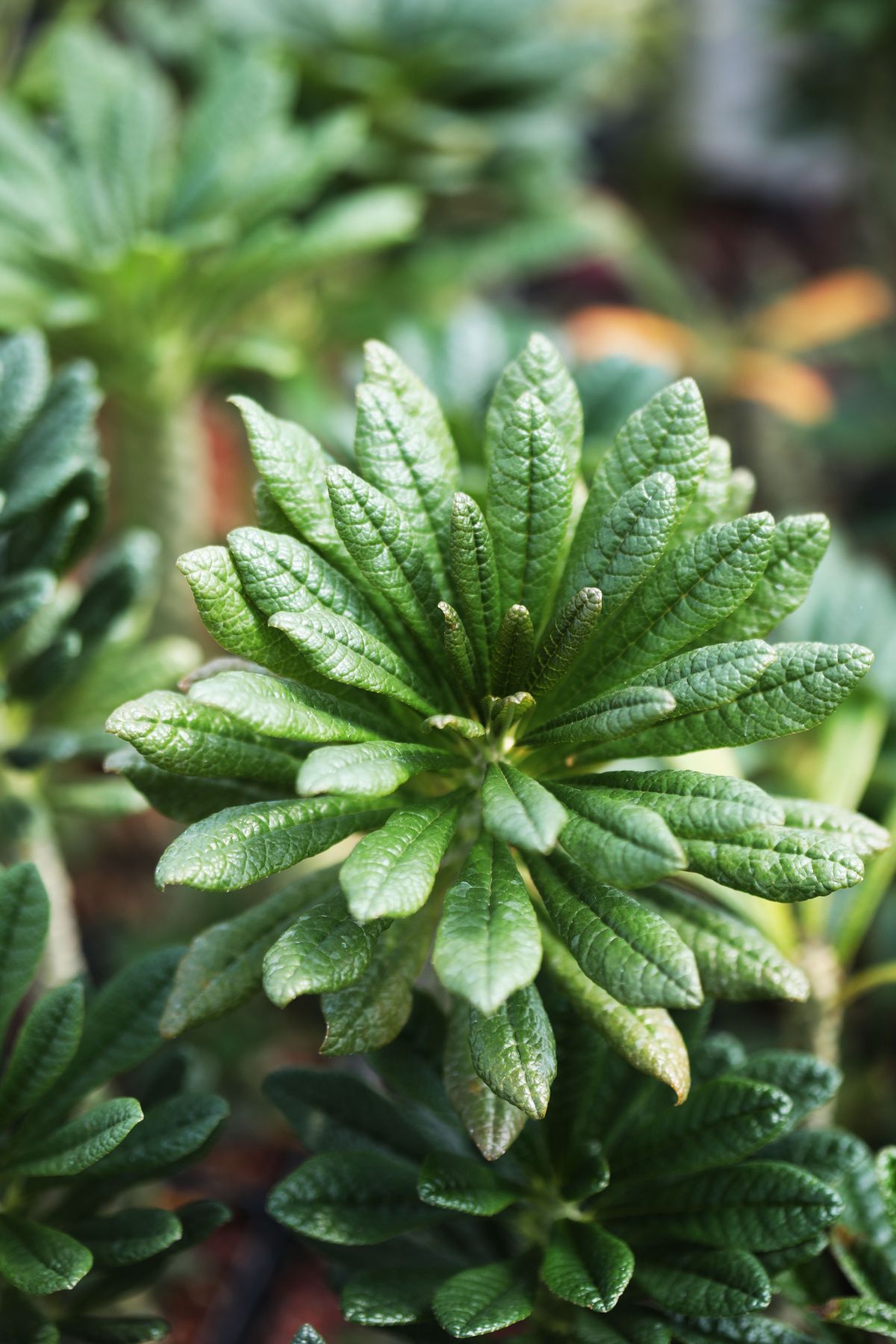
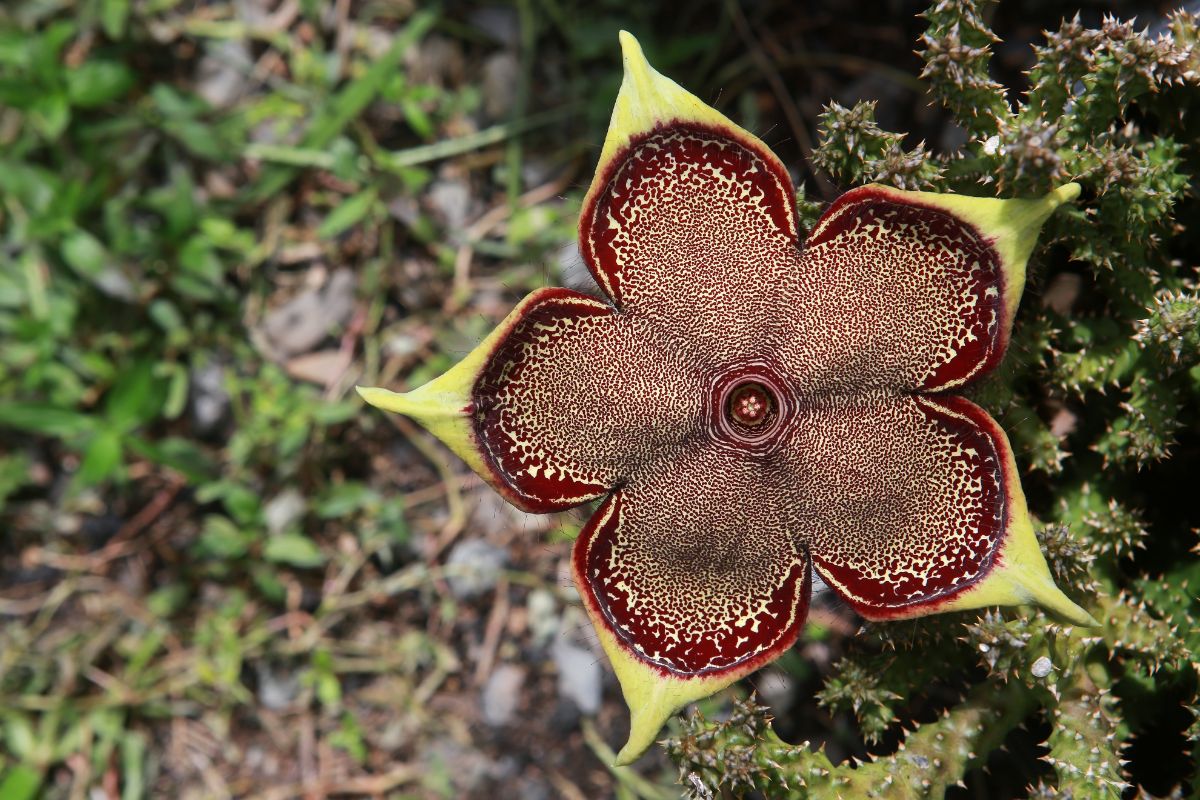
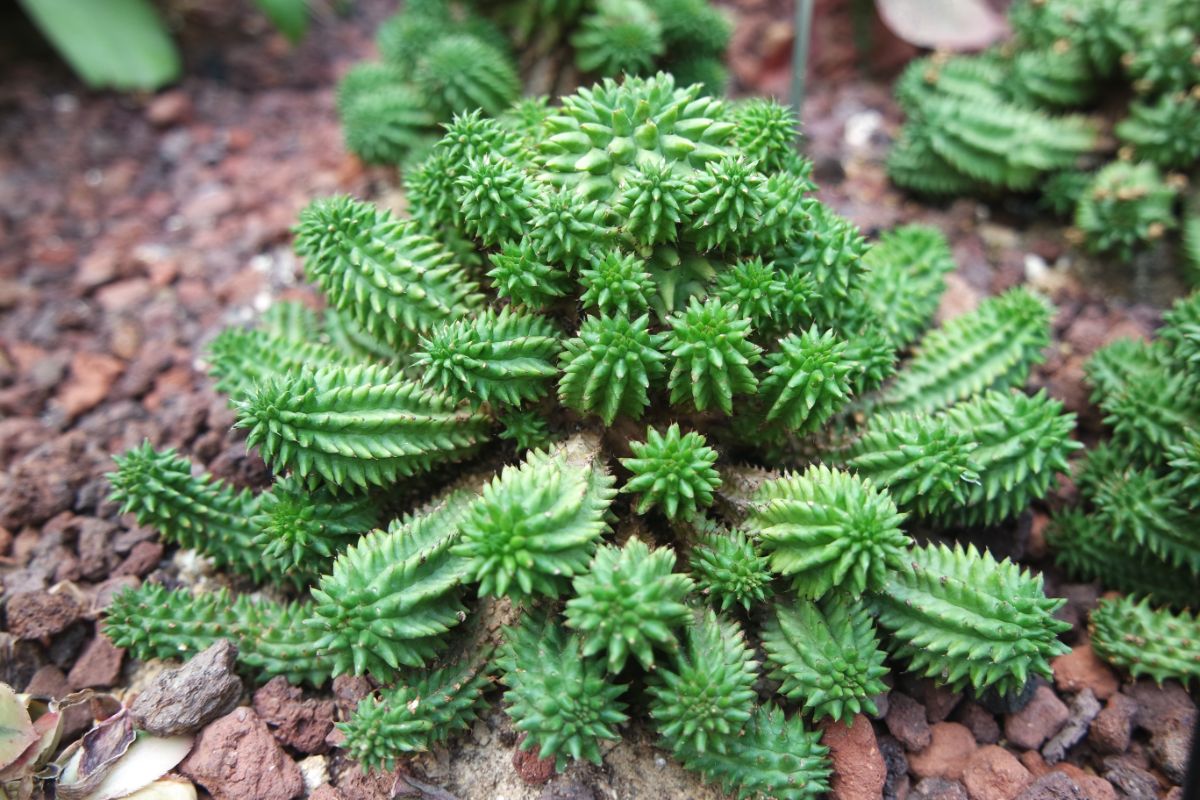
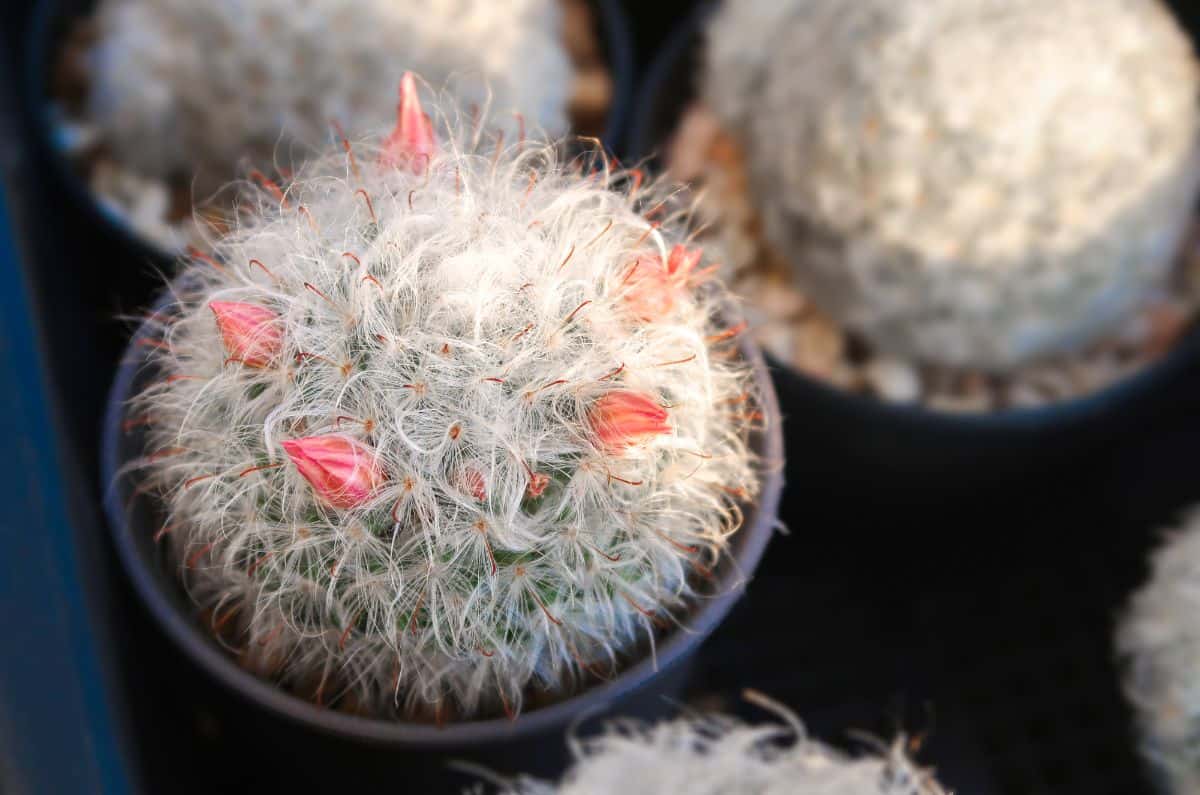
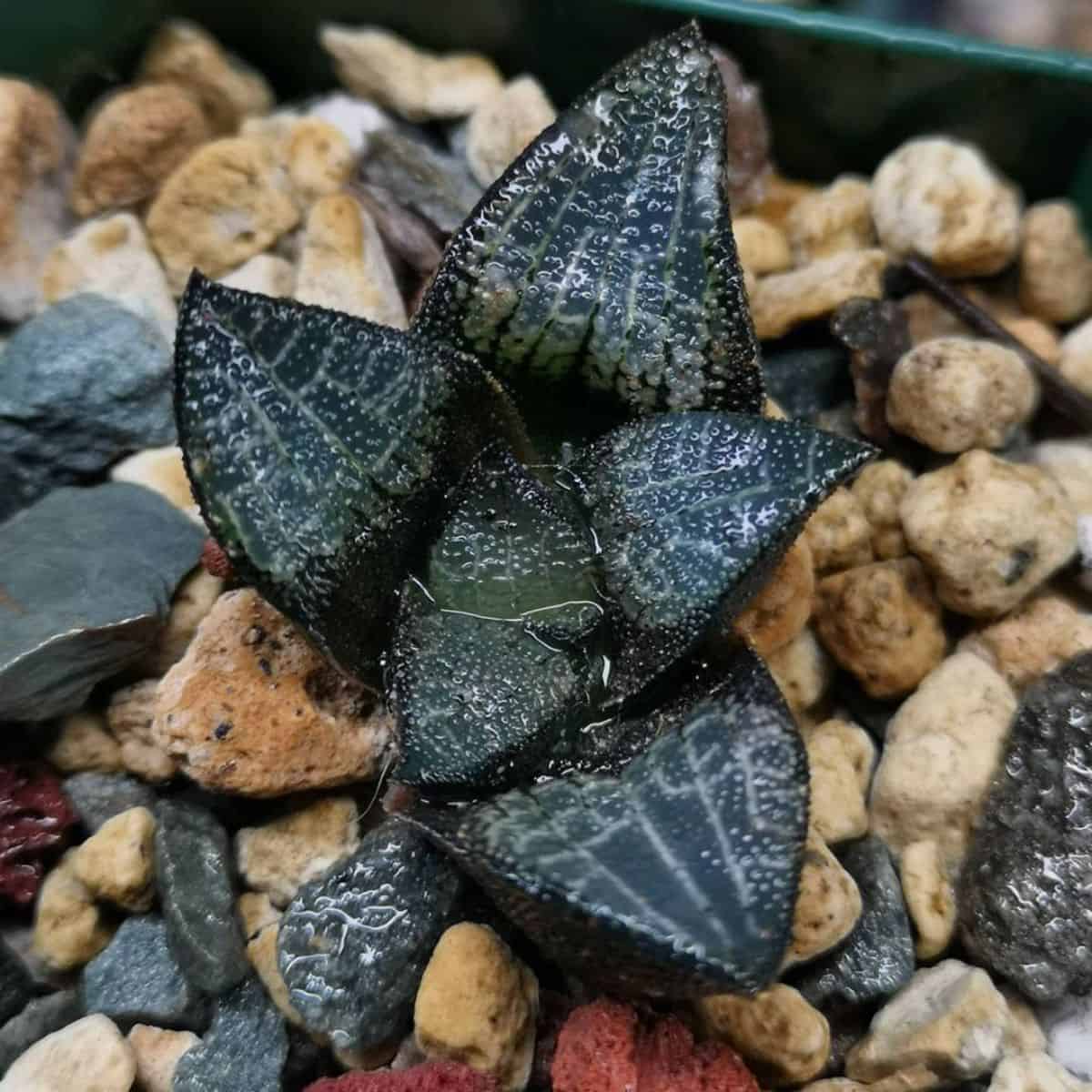
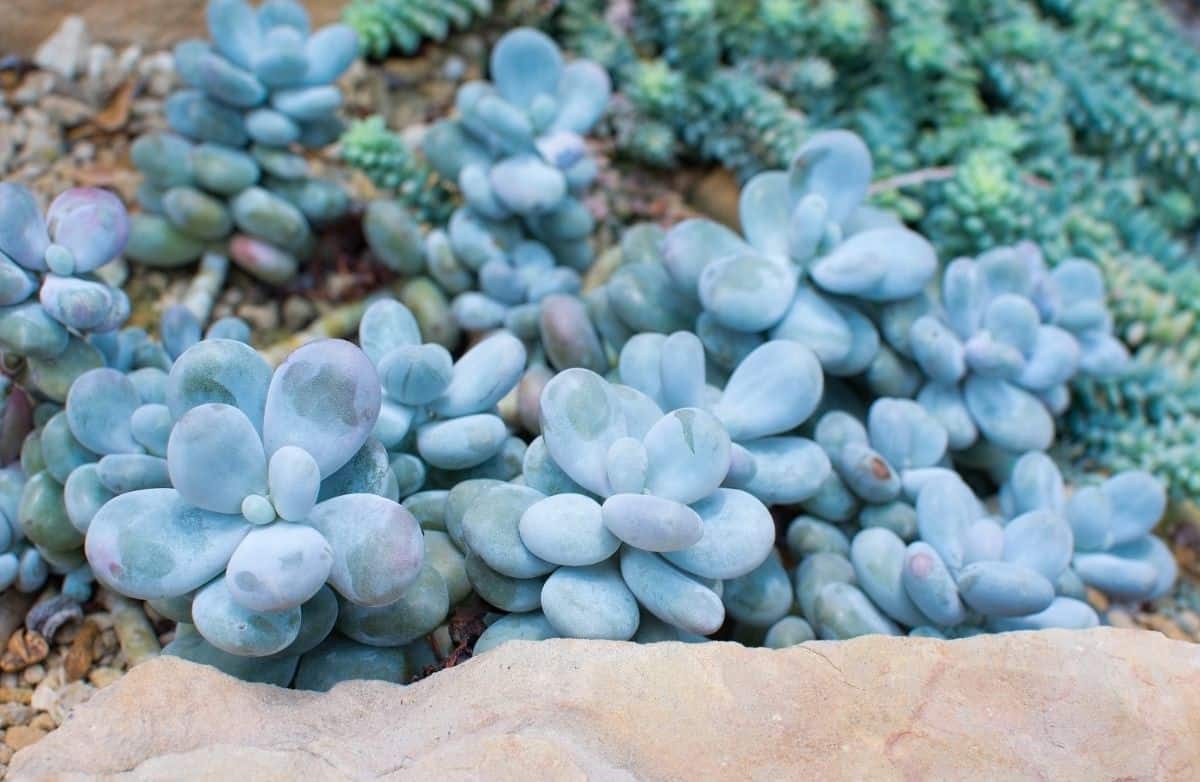
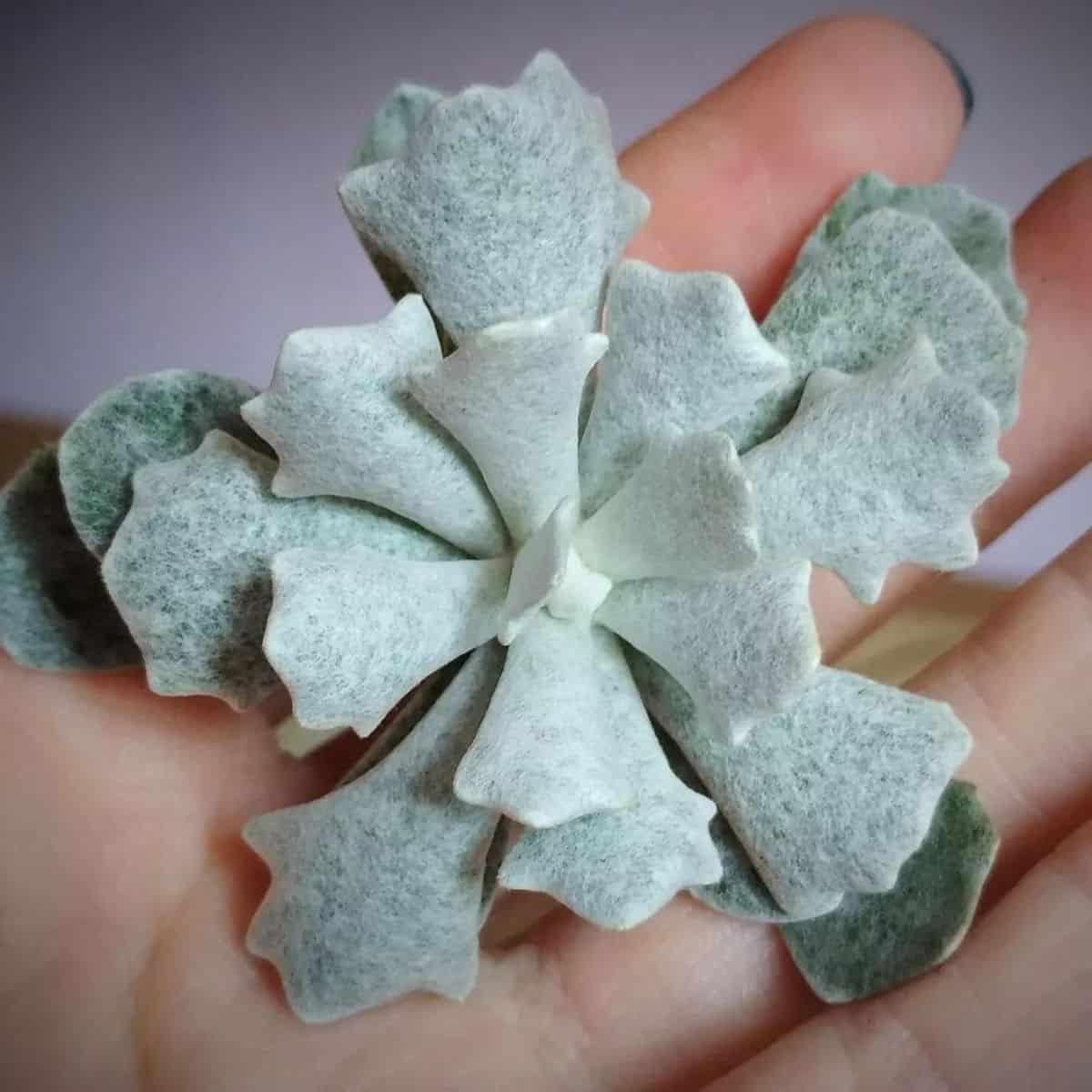
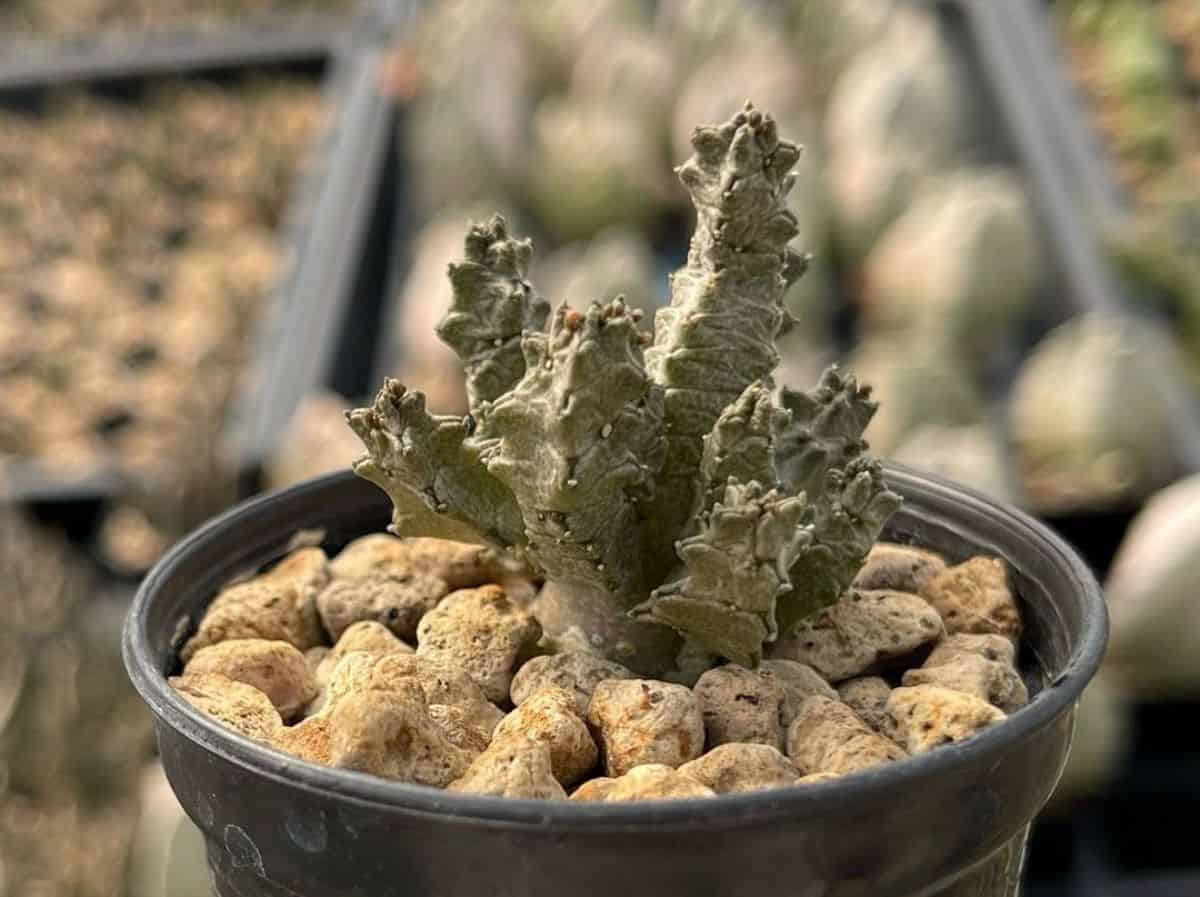
Roger
All these succulents look great. But that Persian Carpet Flower took my heart away!!
Patrick Grubbs
Tell me about it! The muted tones and intricate flowers... the name is so apt!